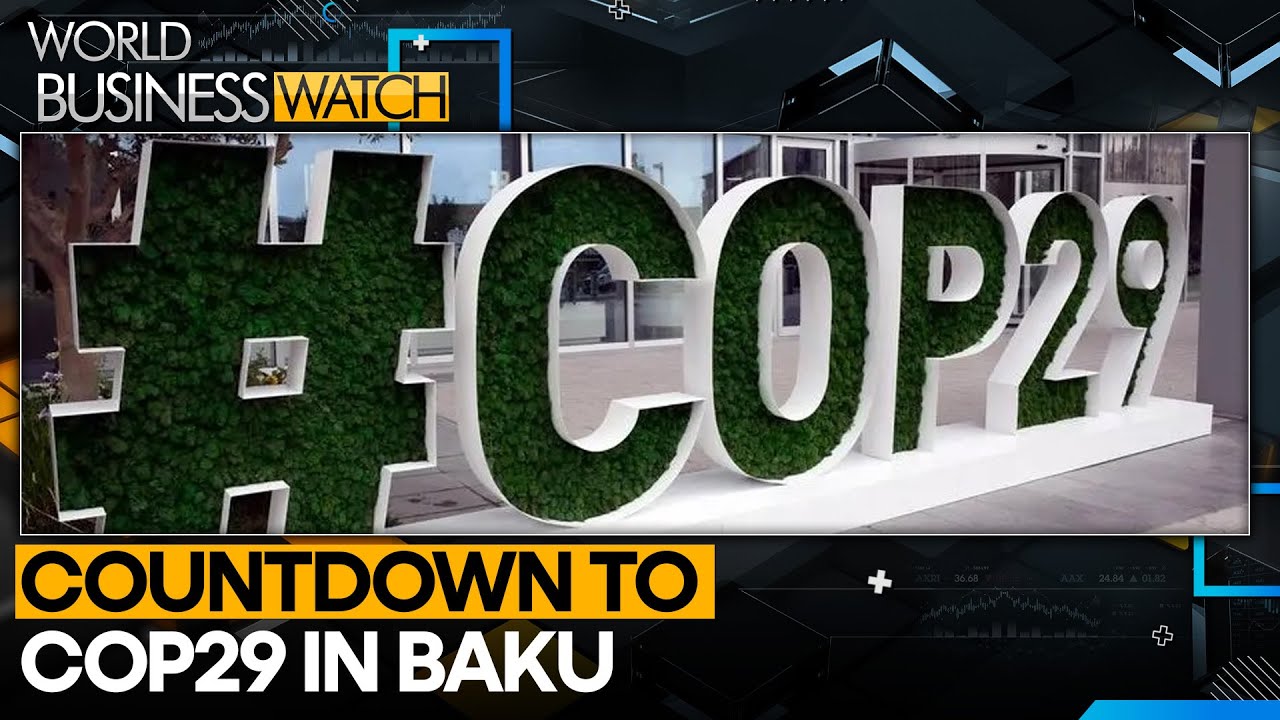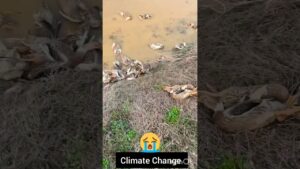
India’s per capita emissions are surprisingly low compared to major economies, yet the country faces pressure at COP29. As discussions shift to the concept of polluters pay, we look at how much per capita emissions each region in the world contributes.
#india #cop29 #businessnews
About Channel:
WION The World is One News examines global issues with in-depth analysis. We provide much more than the news of the day. Our aim is to empower people to explore their world. With our Global headquarters in New Delhi, we bring you news on the hour, by the hour. We deliver information that is not biased. We are journalists who are neutral to the core and non-partisan when it comes to world politics. People are tired of biased reportage and we stand for a globalized united world. So for us, the World is truly One.
Please keep discussions on this channel clean and respectful and refrain from using racist or sexist slurs and personal insults.
Subscribe to our channel at https://goo.gl/JfY3NI
Check out our website: http://www.wionews.com
Join our WhatsApp Channel: https://bit.ly/455YOQ0
Connect with us on our social media handles:
Facebook: https://www.facebook.com/WIONews
Twitter: https://twitter.com/WIONews
Follow us on Google News for the latest updates
Zee News:- https://bit.ly/2Ac5G60
Zee Business:- https://bit.ly/36vI2xa
DNA India:- https://bit.ly/2ZDuLRY
WION: https://bit.ly/3gnDb5J
Zee News Apps: https://bit.ly/ZeeNewsApps
source







This is real research – not the popular echo chamber
REDUCTION IN THE FREQUENCY OF THE KEREMT AND AFRICAN EASTERLY WAVE (AEW) WEATHER SYSTEMS.
This degredation of one of the planets largest weather systems is 100% the biggest challenge in Africa. Go back to pre 1900, July to October. For millions of years in those months the Lower Nile in Egypt would flood it's banks to create a 26,000 km2 shallow lake in the sahara desert. That lake evaporated more than 4,000 m3/s (13.5mm per day), to create an atmospheric river which every few days would disrupt the easterly monsoon over the Ethiopian Highlands. The resultant 'keremt' storm would then be blown west by the trade winds to form the massive AEWs which determined the length of the rainy season across the whole of the sub saharan region.
Restrict then cancell the flood thru dam construction at Aswan (1902 -1964), restricts then cancells many of the last kermet/AEWs of the year, so the rainy season becomes shorter and all plant species have to migrate south to latitudes compatible with their resistence time. The Sahara suddenly begins to grow – specifically from the start of the last century, then again from the mid 1960s. Forget all the BS pouring out of the WMO and IPCC – you have waaaaay bigger problems than the rubbish pontificated by 2nd rate UN officials in Geneva.